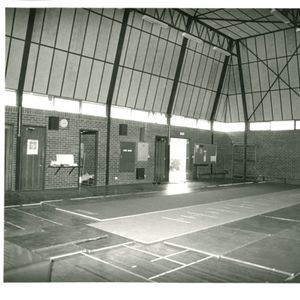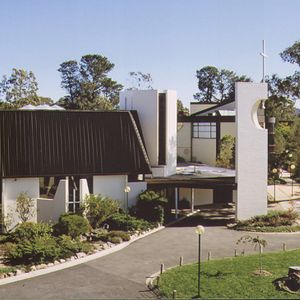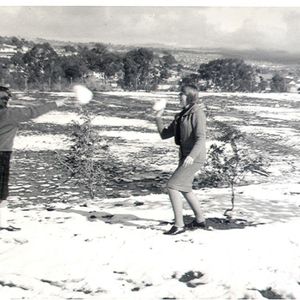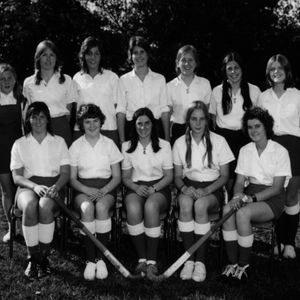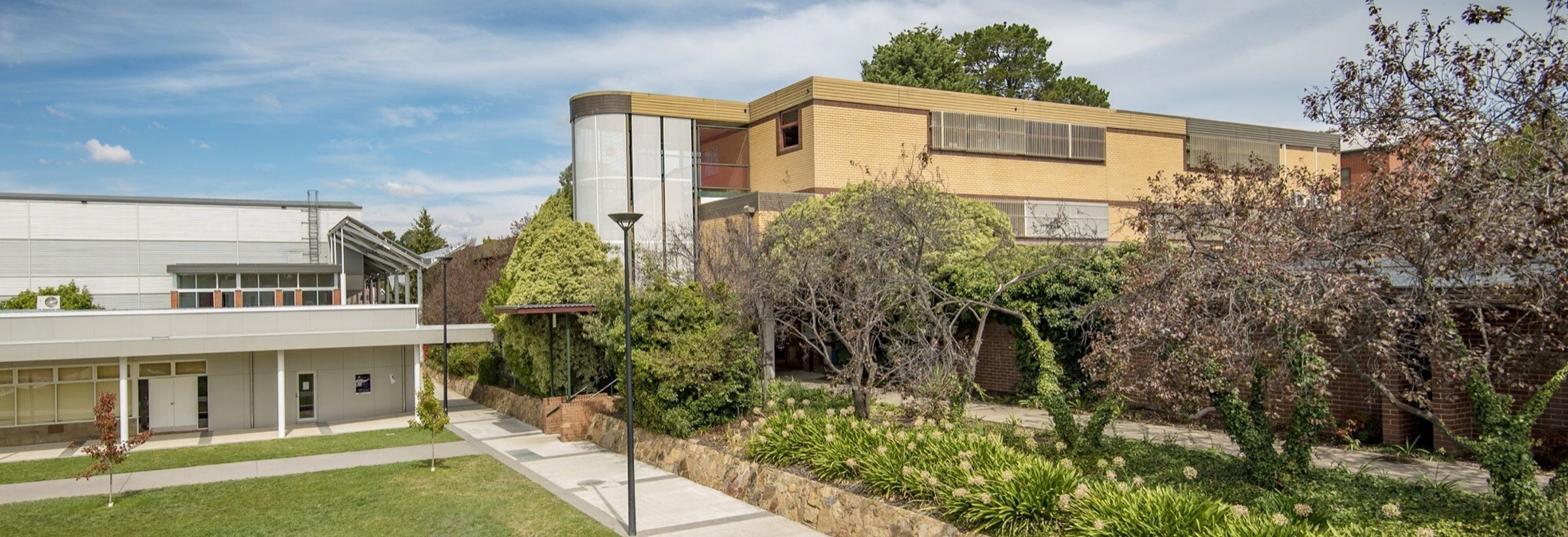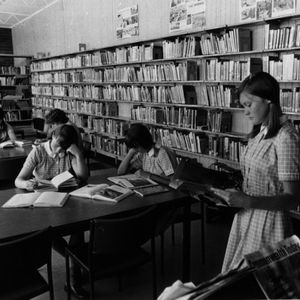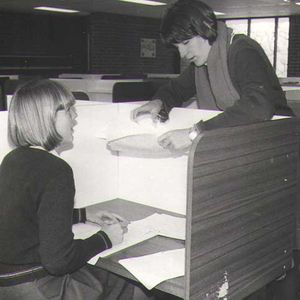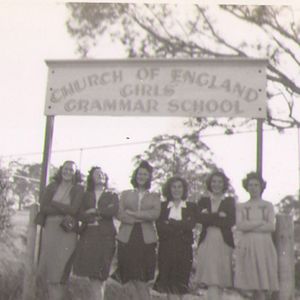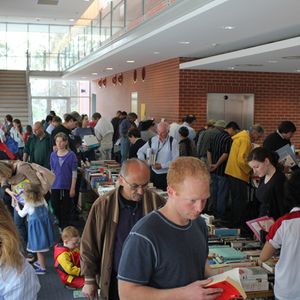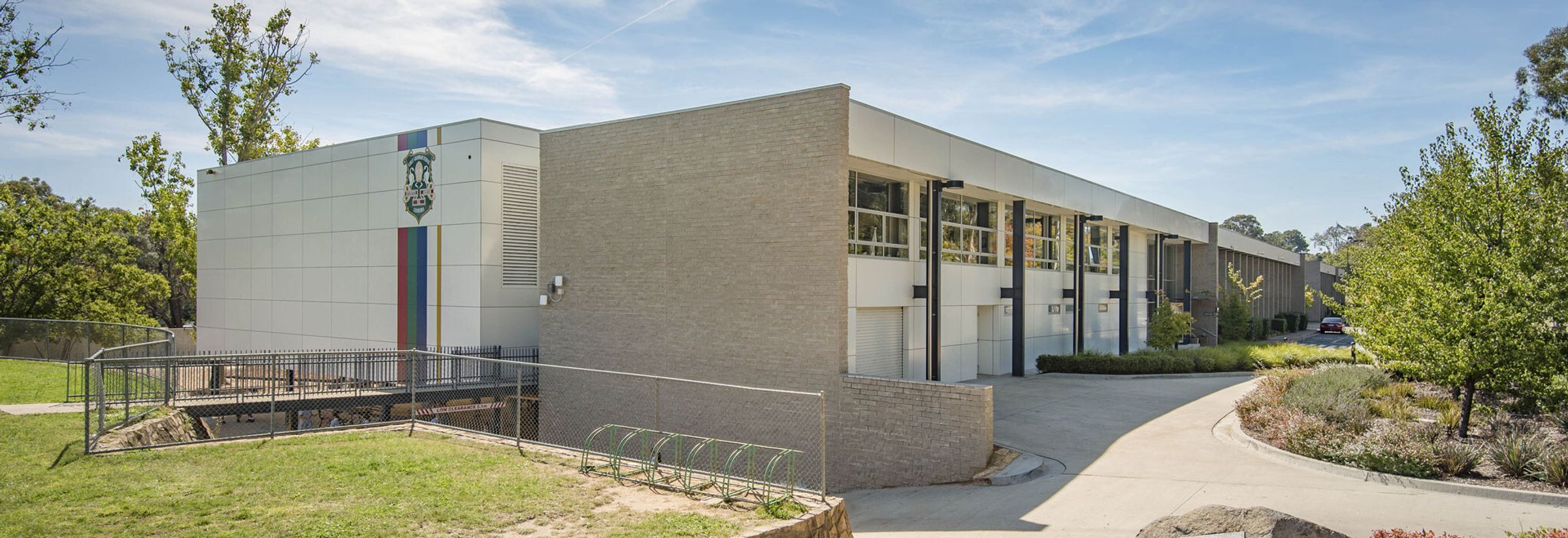
The arrival of St Gabriel’s School on Melbourne Avenue was symbolised by the laying of the foundation stone, in May 1927, for the construction of a building to accommodate the School, boarding house and staff living quarters. This three-storey, mock Tudor style building has welcomed boarders through its doors since the school opened.
In 1939 - when the original plan for the building was completed - 140 day girls and boarders were able to enjoy a building which had many facilities. Classrooms for junior and senior students, a small library, a clinic, kitchen and dining facilities for the boarders and residential staff, a chapel and Headmistress’ quarters were incorporated into the new building.
Various extensions, including The Mitchell Wing - named after the school’s Headmistress from 1937-1947, have accommodated a growing demand for boarding. At the same time, internal alterations to repurpose areas originally used as classrooms and administration have been made to increase capacity for additional girls. Adjacent to the main boarding house is ‘The Cottage’ - built in 1969 for the school’s headmistress – which is now home to the Head of Boarding.
Today, the Boarding House is home to around 80 students, most coming to CGGS from nearby regional areas, others from as far as China and Japan. Boarders have access to a myriad of facilities including peaceful sitting rooms, entertainment and media spaces as well as the sunlit courtyard. A recent innovation is the small kitchen and dining room where girls can occasionally cater for themselves.
While dormitories were originally used to accommodate four to six boarders, a typical configuration today consists of three or four girls sharing in Years 7-10, two to a room in Year 11, and Year 12 girls have their own accommodation. This is a significant change to the late 1930s when, due to the increased number of boarders, some girls fondly recall being forced to have their beds located in the wide corridors, describing their room as ‘a glassed in sleep-out’!
When the school opened its doors in 1926, it was the only boarding house in the ACT for girls and served the rural communities of NSW, families of diplomats and defence personnel. After 90 years, this still remains true - a testament to the commitment the School has made to provide an enriching and fulfilling boarding experience for every girl, no matter where she comes from.









